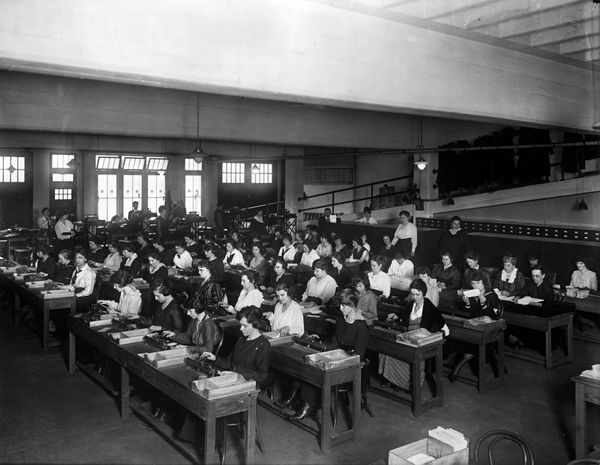Short way to Arnoldi relation¶
Statement. The Krylov matrix $K_j$ satisfies an important recurrent relation (called Arnoldi relation)
$$A Q_j = Q_j H_j + h_{j, j-1} q_j e^{\top}_{j-1},$$
where $H_j$ is upper Hessenberg, and $Q_{j+1} = [q_0,\dots,q_j]$ has orthogonal columns that spans columns of $K_{j+1}$.
Let us prove it (consider $j = 3$ for simplicity):
$$A \begin{bmatrix} k_0 & k_1 & k_2 \end{bmatrix} = \begin{bmatrix} k_1 & k_2 & k_3 \end{bmatrix} = \begin{bmatrix} k_0 & k_1 & k_2 \end{bmatrix} \begin{bmatrix} 0 & 0 & \alpha_0 \\ 1 & 0 & \alpha_1 \\ 0 & 1 & \alpha_2 \\ \end{bmatrix} + \begin{bmatrix} 0 & 0 & k_3 - \alpha_0 k_0 - \alpha_1 k_1 - \alpha_2 k_2 \end{bmatrix}, $$
where $\alpha_s$ will be selected later.
Denote $\widehat{k}_3 = k_3 - \alpha_0 k_0 - \alpha_1 k_1 - \alpha_2 k_2$.
In the matrix form,
$$A K_3 = K_3 Z + \widehat k_3 e^{\top}_2,$$
where $Z$ is the lower shift matrix with the last column $(\alpha_0,\alpha_1,\alpha_2)^T$, and $e_2$ is the last column of the identity matrix.
Let
$$K_3 = Q_3 R_3$$
be the QR-factorization. Then,
$$A Q_3 R_3 = Q_3 R_3 Z + \widehat{k}_3 e^{\top}_2,$$
$$ A Q_3 = Q_3 R_3 Z R_3^{-1} + \widehat{k}_3 e^{\top}_2 R_3^{-1}.$$
Note that
$$e^{\top}_2 R_3^{-1} = \begin{bmatrix} 0 & 0 & 1 \end{bmatrix} \begin{bmatrix} * & * & * \\ 0 & * & * \\ 0 & 0 & * \end{bmatrix} = \gamma e^{\top}_2,$$
and
$$R_3 Z R_3^{-1} = \begin{bmatrix} * & * & * \\* & * & * \\ 0 & * & * \\ \end{bmatrix},$$
in the general case it will be an upper Hessenberg matrix $H$, i.e. a matrix
that
$$H_{ij} = 0, \quad \mbox{if } i > j + 1.$$

